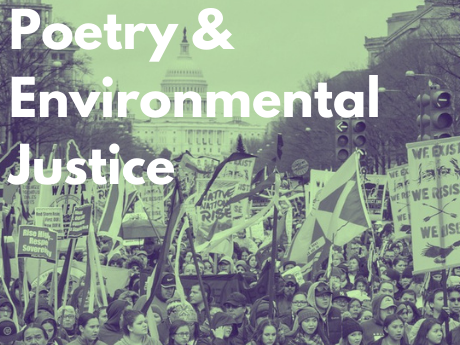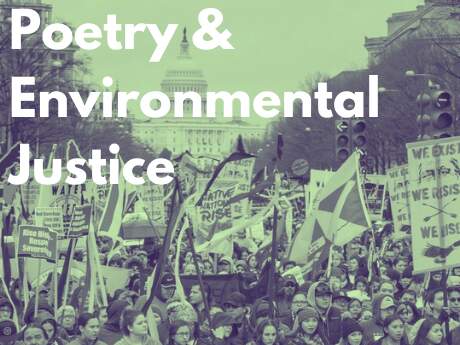Poetry & Environmental Justice
Ada Limón on “Requiem for a Nest” by Wanda Coleman

Requiem for a Nest
the winged thang built her dream palace
amid the fine green eyes of a sheltering bough
she did not know it was urban turf
disguised as serenely delusionally rural
nor did she know the neighborhood was rife
with slant-mawed felines and those long-taloned
swoopers of prey. she was ignorant of the acidity & oil
that slowly polluted the earth, and was never
to detect the serpent coiled one strong limb below
following her nature she flitted and dove
for whatever blades twigs and mud
could be found under the humming blue
and created a hatchery for her spawn
not knowing all were doomed
Wanda Coleman, “Requiem for a Nest” from Ostinato Vamps. Copyright © 2003. Used by permission of University of Pittsburgh Press.
Ada Limón on "Requiem for a Nest"
The first time I read Wanda Coleman’s poem, “Requiem for a Nest” I couldn’t get it out of my head for weeks. Still, it lives in me. Unsettled in the chest. A part of my negotiation with the natural world. With the human world. It’s a poem that speaks so eloquently and achingly about what it is to live in a world that is unsafe. Unsafe for the tender animal. And unsafe for underrepresented and marginalized communities in the United States. Every time I see a bird building a nest I think about what could possibly destroy the eggs, eat the fledglings, poison the water, the air.
The poem begins in utter beauty. A sonnet about a bird building her “dream palace amid the fine green eyes of a sheltering bough.” But then, as soon as we begin, the danger is already upon us and we get the most exquisite and haunting sound explosion that’s held in the bosom of the poem, “serenely delusionally rural.” How often do I walk around my neighborhood and repeat the line “serenely delusionally rural.” The poem, of course, is waking us up to the illusion of beauty, the green park poisoned by weedkillers, the creek running over with acidity and oil slick. The illusion of beauty is intoxicating and yet, Coleman does not leave us there.
The bird keeps building her nest, despite the snake, the hawks, the stray cats ready to take her children. Coleman is telling us there are enemies all around. They come with the territory. They are intwined and even hidden by all this beauty. The bird, unaware of all the harm that surrounds her nest, continues to build. There’s almost a hope there, a move toward continuation, a survival, and yet she ends with the line “not knowing all were doomed.” And we exhale at the end, because that is the truth. The word, doomed. How can you not read this poem and think of the harm we do to each other, or think of the disproportionate effects of the climate crisis on marginalized communities? How can you not think of humanity now, building and building, amidst all this looming danger.
One of the many things I admire about this poem is that it does not let us off the hook. Coleman lets us luxuriate in the language, “slant-mawed felines” and “long-taloned/ swoopers of prey” and still when the end comes, there is no holding back. The bird builds and makes a home for her young without knowing they will be hurt. The truth of that ending is that it is ongoing. The cycle continues. But what she has also, generously, offered us is a witnessing, a warning, so that maybe, even if we cannot reverse the harm done, we can at least be clear-eyed and informed about what’s to come.




